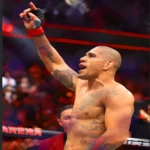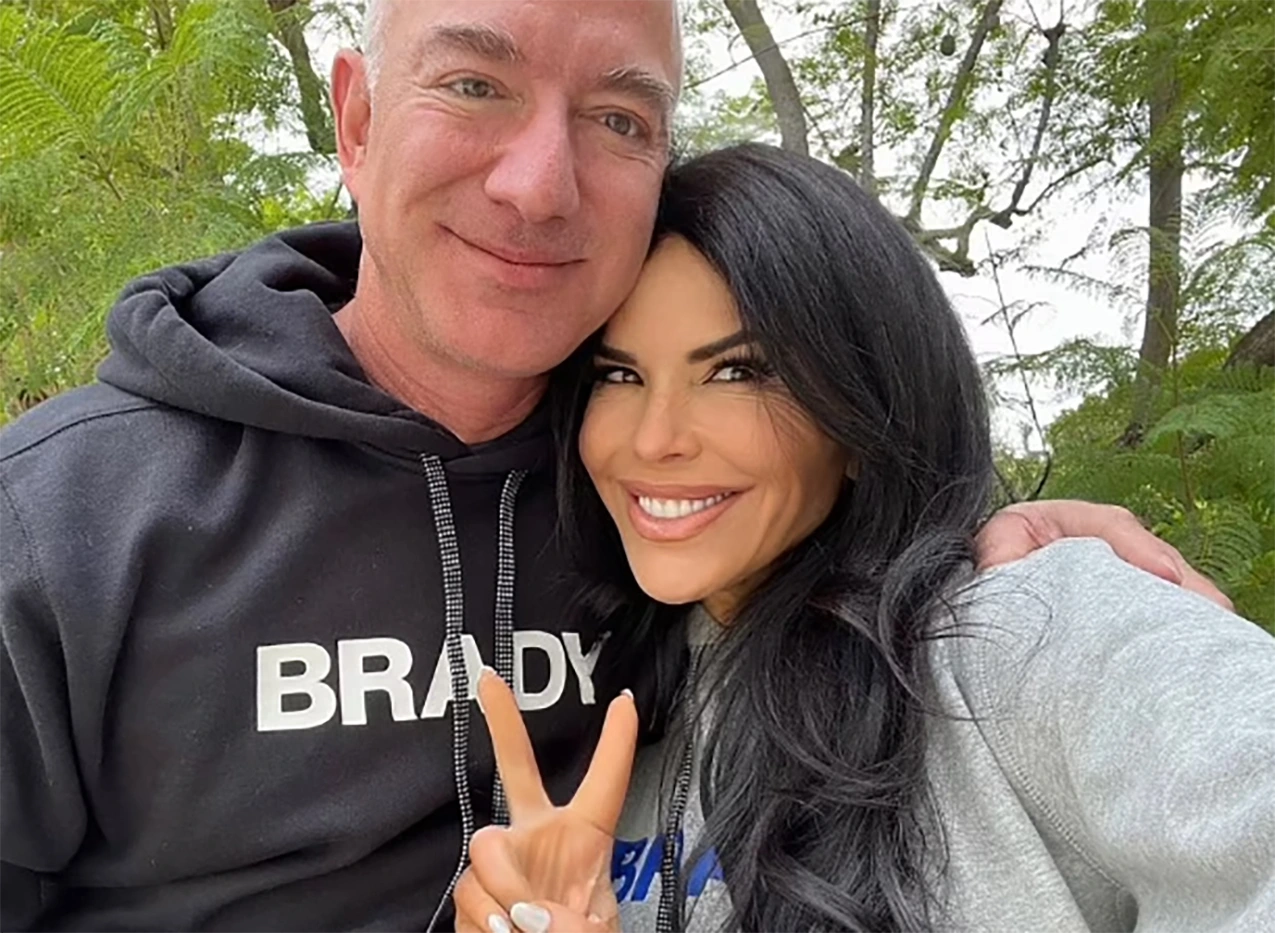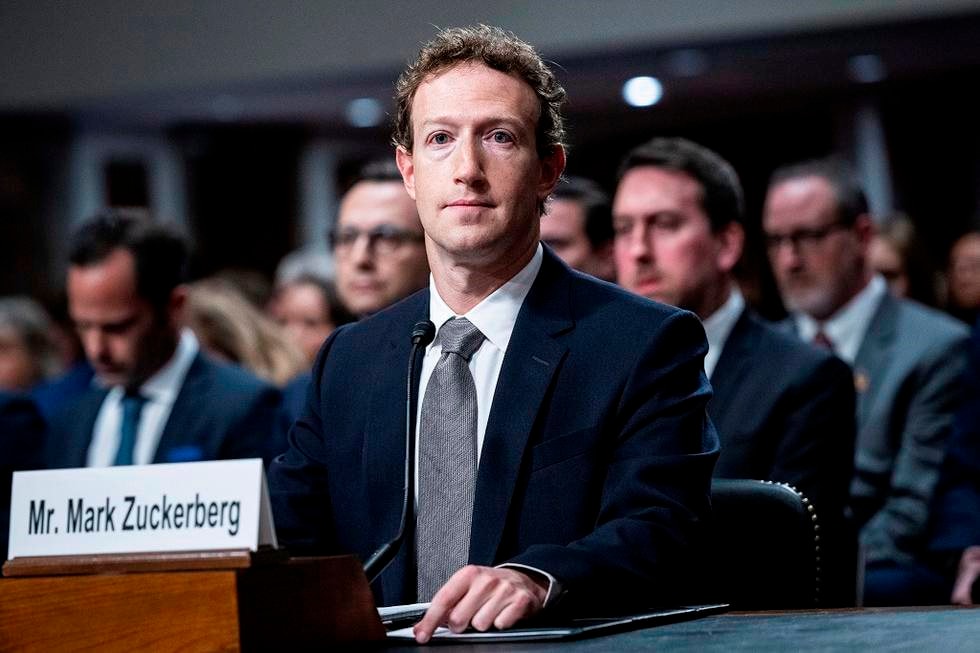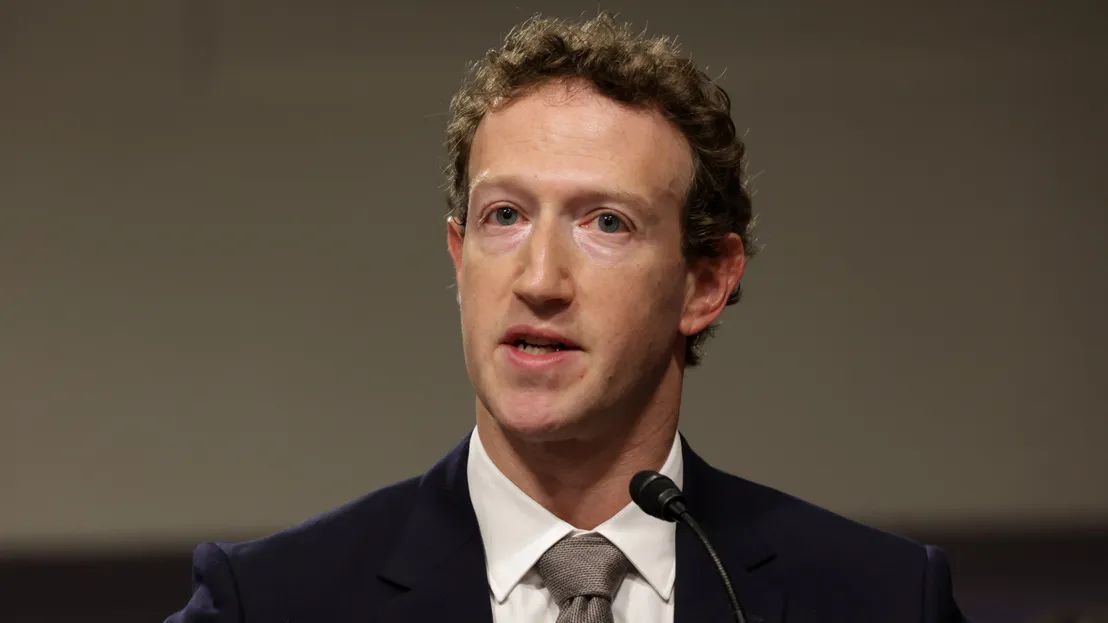
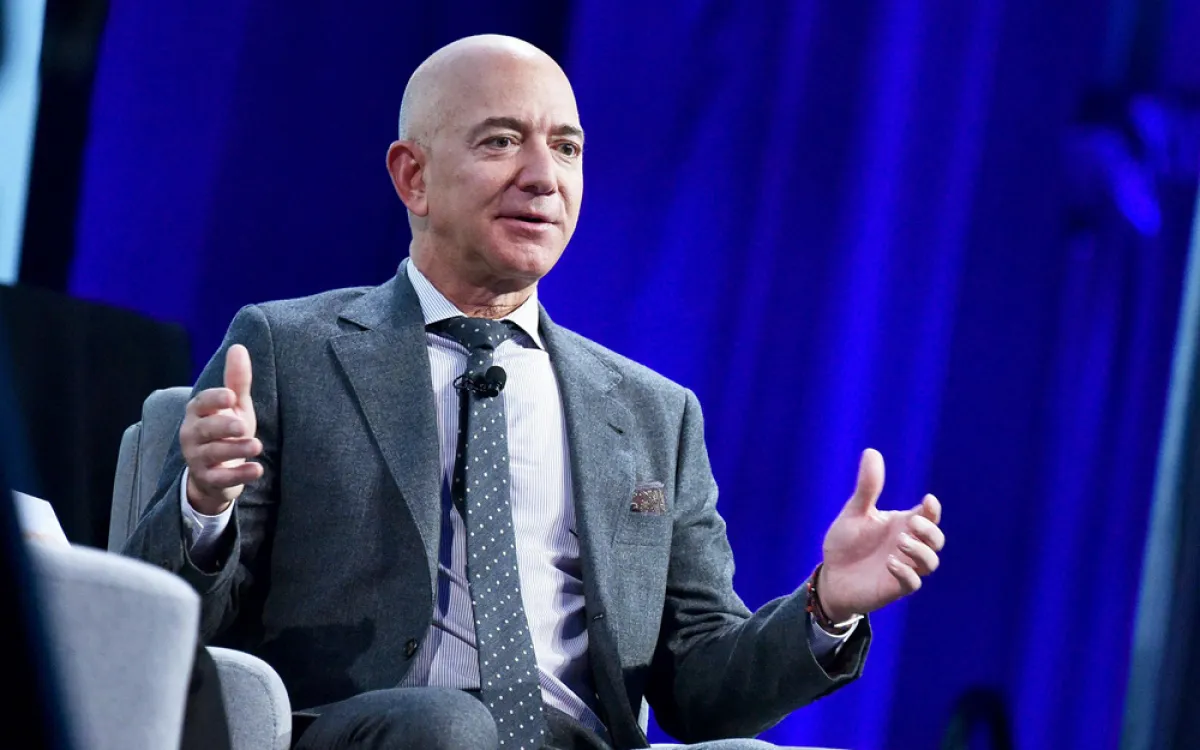
From Flipping Burgers to Flipping Markets: Bezos and Huang’s Billionaire Blueprint
In the world of business, the journey from humble beginnings to extraordinary success has always captured the public imagination. Few modern stories encapsulate that transformation better than Jeff Bezos, founder of Amazon, and Jensen Huang, co-founder and CEO of NVIDIA. Though they operate in different industries, both men embody a blueprint for building immense wealth and influence, starting from modest circumstances before redefining entire markets. Their journeys illustrate how vision, resilience, and relentless innovation can turn ordinary life stories — flipping burgers in restaurants or doing odd jobs as immigrants — into narratives of global domination in technology and commerce.
Humble Beginnings and Early Hustles
It may surprise many to learn that Jeff Bezos, now one of the world’s richest men, once worked at McDonald’s as a teenager, flipping burgers and manning the fryer. Bezos himself has described the job as one that taught him responsibility, efficiency under pressure, and the value of customer service. Though the tasks seemed menial, the experience instilled in him the discipline to handle challenges quickly — skills that would later become vital when scaling Amazon from a small online bookstore to the globe-spanning behemoth it is today.
Similarly, Jensen Huang’s path was far from glamorous. Born in Taiwan and raised partly in Thailand before moving to the United States, Huang’s early years were shaped by struggle. He washed dishes in restaurants, worked odd jobs, and grew up in modest surroundings. Unlike Bezos, who studied at Princeton, Huang pursued electrical engineering and eventually computer engineering, but his working-class roots kept him grounded. Those formative years gave him the grit necessary to thrive in the competitive semiconductor world.
The contrast between flipping burgers and washing dishes might seem trivial compared to their current billions, but it is precisely these experiences that shaped their characters. They learned early that success required not only intelligence but also resilience and humility.

Founding Amazon and NVIDIA: Vision Meets Risk
The blueprint of billionaire success always includes a leap of faith, and both Bezos and Huang took theirs in the 1990s.
For Bezos, the critical decision came in 1994 when he left his lucrative Wall Street job to start Amazon in his garage. His vision was simple yet bold: an online bookstore that would eventually expand into a marketplace for everything. Many doubted him, especially during the dot-com crash of 2000, when Amazon’s survival looked uncertain. But Bezos’s ability to think long-term, reinvest profits, and focus on customer obsession kept the company alive and allowed it to grow into the giant that today dominates e-commerce, logistics, and cloud computing.
Meanwhile, Jensen Huang co-founded NVIDIA in 1993 with Chris Malachowsky and Curtis Priem. At the time, graphics processing was an obscure niche, primarily serving gaming. Yet Huang saw potential where others didn’t. He envisioned GPUs (Graphics Processing Units) not just as tools for video games but as powerful parallel processors that could revolutionize scientific computing, AI, and eventually machine learning. Like Bezos, Huang endured years of skepticism, financial struggles, and market volatility, but his conviction never wavered. NVIDIA’s transformation from a gaming chip company into an AI powerhouse is now considered one of the most remarkable pivots in tech history.
Strategic Moves: Building Dominance
Bezos and Huang’s billionaire blueprint is also marked by their mastery of strategic expansion.
For Bezos, the launch of Amazon Web Services (AWS) in 2006 was the defining masterstroke. Initially dismissed as a side project, AWS became the backbone of the modern internet, powering startups, Fortune 500 companies, and even government agencies. This diversification insulated Amazon from retail’s razor-thin margins and turned it into a highly profitable tech company. Bezos’s willingness to bet on infrastructure when no one else did exemplifies his ability to look decades ahead.
Jensen Huang, on the other hand, made GPUs synonymous with AI. His relentless push into data centers, supercomputing, and deep learning positioned NVIDIA at the center of the AI revolution. When ChatGPT and other generative AI systems took off in the 2020s, NVIDIA was the company supplying the indispensable hardware. Huang’s famous line — “Accelerated computing is the path forward” — captured his long-term view that general-purpose CPUs could never keep up with the data-heavy demands of AI.
Both men demonstrate a pattern of thinking far beyond their core businesses, expanding into fields that later defined the future of technology.
Contrasting Leadership Styles
Though Bezos and Huang share a trajectory of underdog beginnings turned mega-success, their leadership styles differ dramatically.
Bezos is famously ruthless and demanding. Former employees describe Amazon’s culture as intense, bordering on cutthroat, where performance was everything. His “Day One” philosophy — treating every day as if the company were still a startup — created a culture of relentless innovation but also one of relentless pressure.
Huang, meanwhile, has cultivated a reputation as both visionary and empathetic. Known for his leather jacket and engaging keynote speeches, he has created a cult-like following not only among investors but also developers. While NVIDIA’s culture is equally high-performing, Huang is often seen as more approachable and personable than Bezos, embodying the engineer-leader archetype.
Yet both styles produced results: a trillion-dollar company in Amazon’s case and a trillion-dollar valuation in NVIDIA’s.
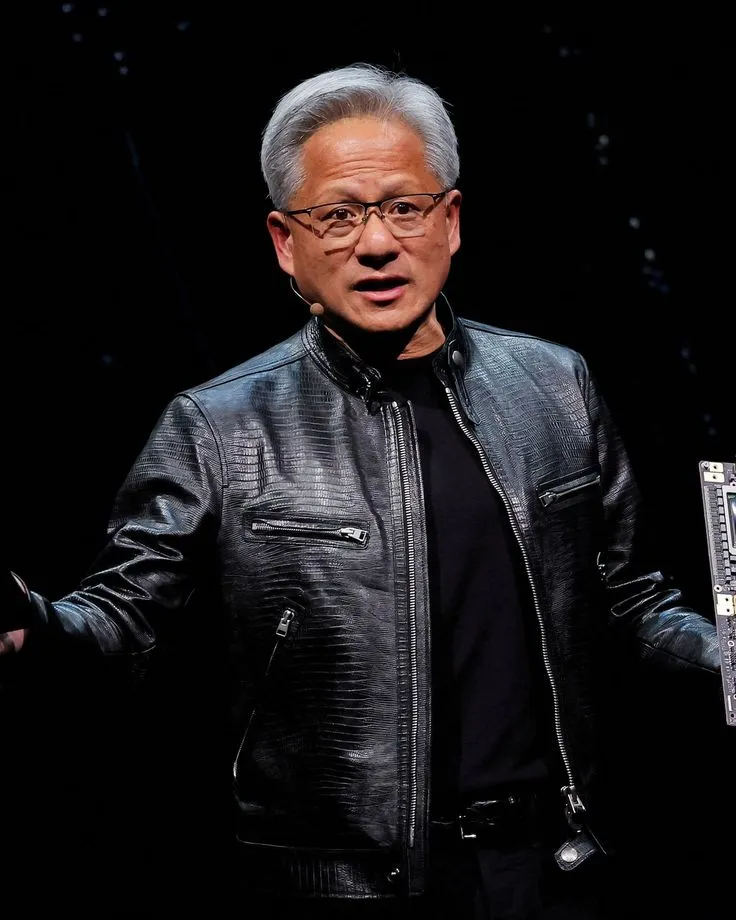
Lessons from the Blueprint
When analyzing the billionaire blueprint of Bezos and Huang, several common lessons emerge:
-
Start small, think big – Both began with modest jobs and limited resources but always had a vision much larger than their starting point.
-
Endure skepticism – Neither Amazon nor NVIDIA was an obvious success story early on. Critics abounded, but resilience and conviction carried them through.
-
Bet on the future – Bezos with AWS and Huang with AI both illustrate the importance of identifying future markets before they become obvious.
-
Customer obsession and product excellence – Bezos’s obsession with customer experience parallels Huang’s obsession with performance and computing power.
-
Adapt and pivot – Survival in business requires reinvention. Bezos pivoted Amazon from books to a marketplace to cloud computing. Huang pivoted NVIDIA from gaming to AI dominance.
These traits form the DNA of their shared billionaire playbook, applicable not only to tech but to any ambitious entrepreneur.
Cultural Impact
Beyond their companies, both men have left lasting marks on culture. Bezos transformed shopping habits globally, turning two-day shipping into a standard and influencing consumer expectations everywhere. Amazon is no longer just a retailer; it is an ecosystem that shapes how people live, work, and consume entertainment.
Huang, meanwhile, has become the poster child of the AI era. His vision of accelerated computing has shaped everything from medicine to autonomous driving to scientific research. Just as Bezos revolutionized commerce, Huang revolutionized computation.
Their influence extends beyond markets into politics, ethics, and even global competition. Amazon faces scrutiny over labor practices and monopolistic power, while NVIDIA’s dominance raises concerns about global chip supply chains and national security. In both cases, their success blueprint carries not only admiration but also responsibility and controversy.
Conclusion
From flipping burgers and washing dishes to flipping entire markets, Jeff Bezos and Jensen Huang exemplify how ordinary beginnings can lead to extraordinary outcomes. Their stories are not just about money or power but about the vision to see possibilities others overlooked and the courage to pursue them despite overwhelming odds.
Together, they represent the archetype of the modern billionaire blueprint: resilience forged in humble jobs, risk-taking in uncertain times, and bold expansion into the future’s most transformative industries. Bezos turned e-commerce into a way of life, while Huang turned GPUs into the engines of artificial intelligence.
The lesson is clear: success is not predetermined by privilege but by a relentless commitment to innovation, foresight, and execution. And though their stories are far from over, one thing is certain — the blueprint they’ve written will continue to inspire and challenge entrepreneurs for generations to come.







